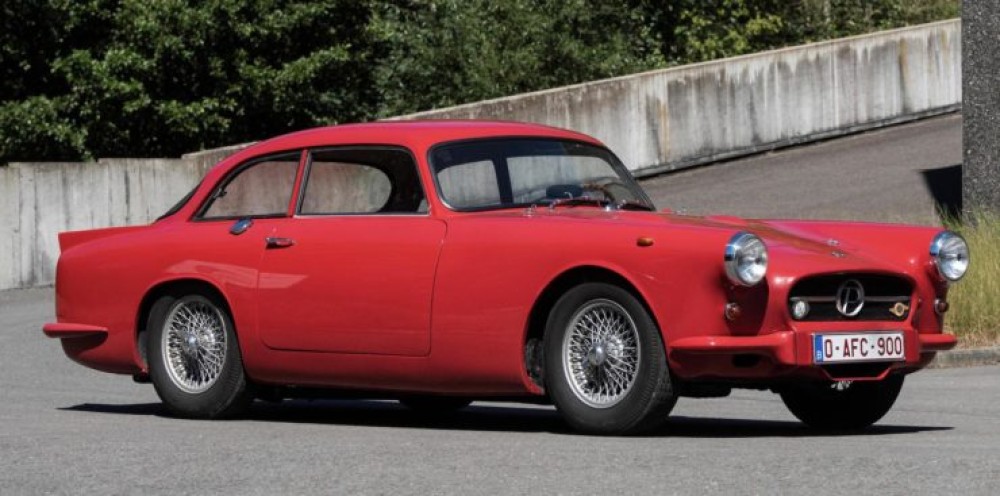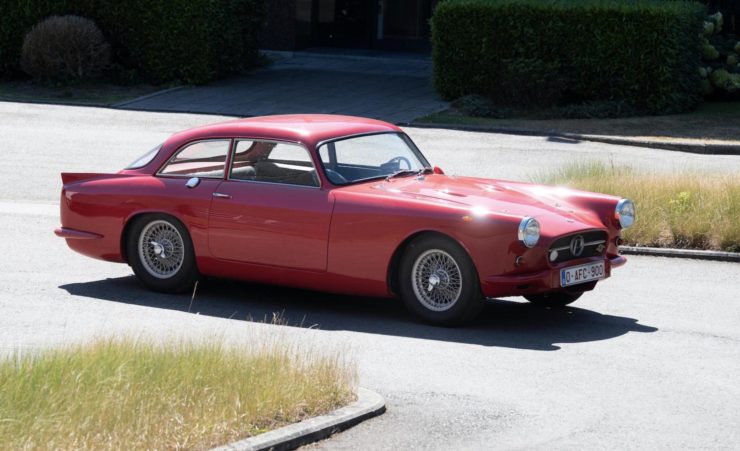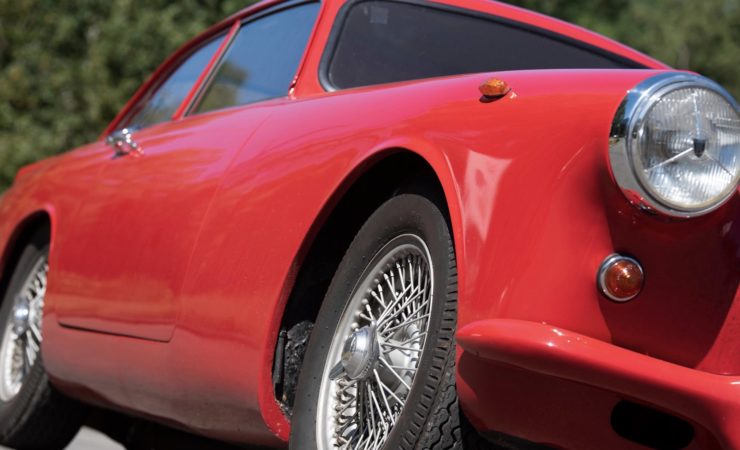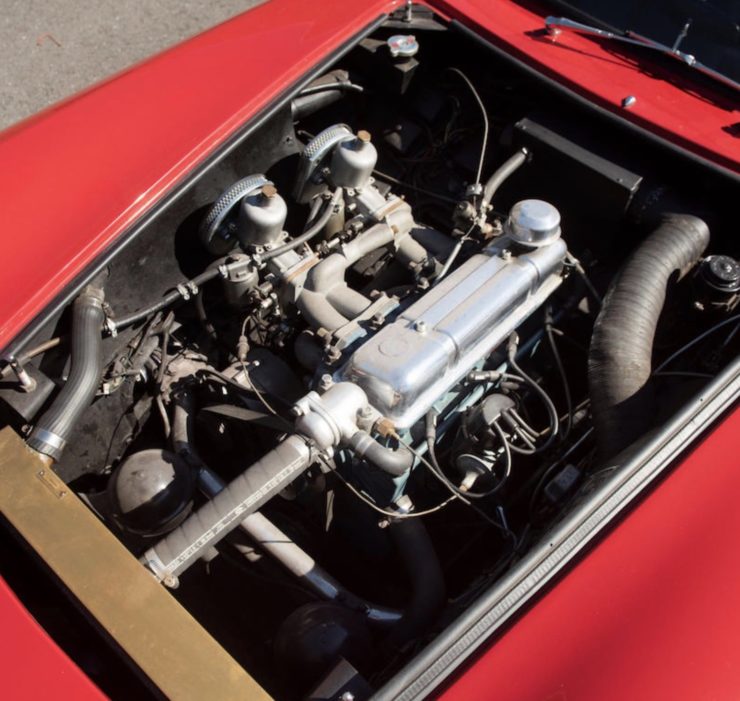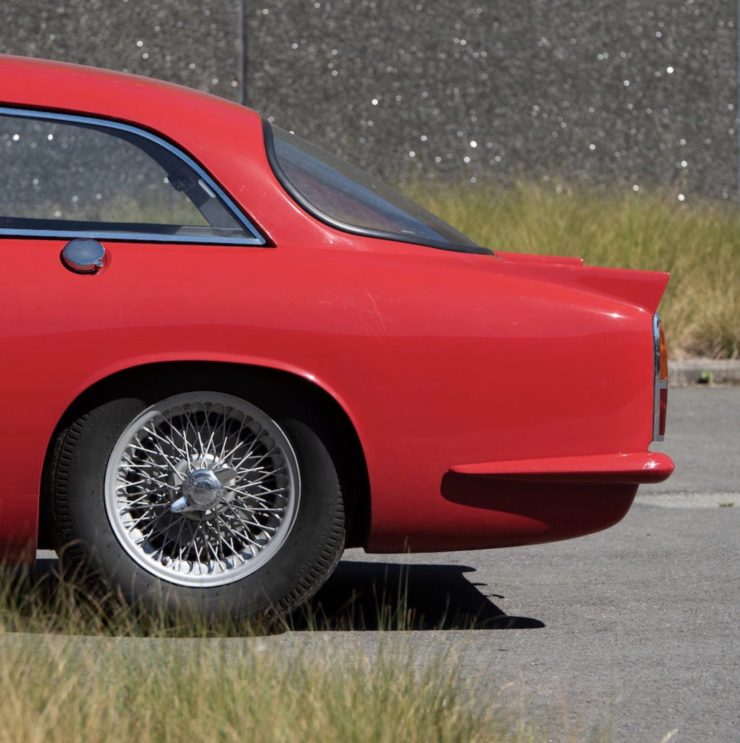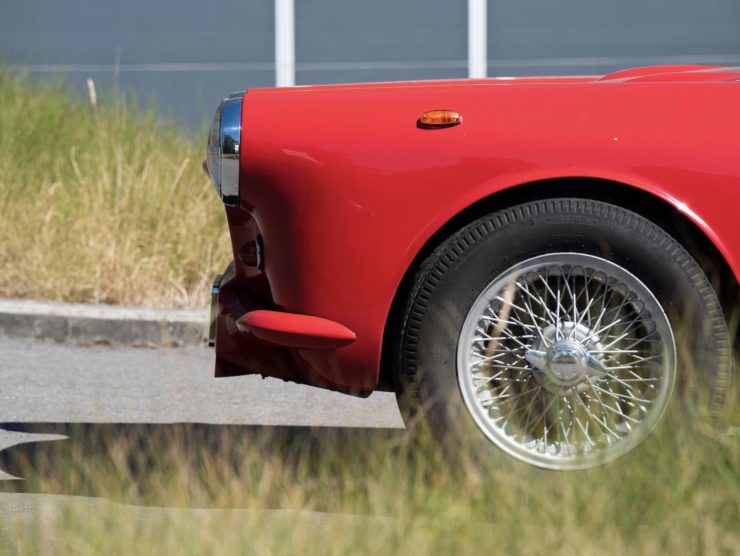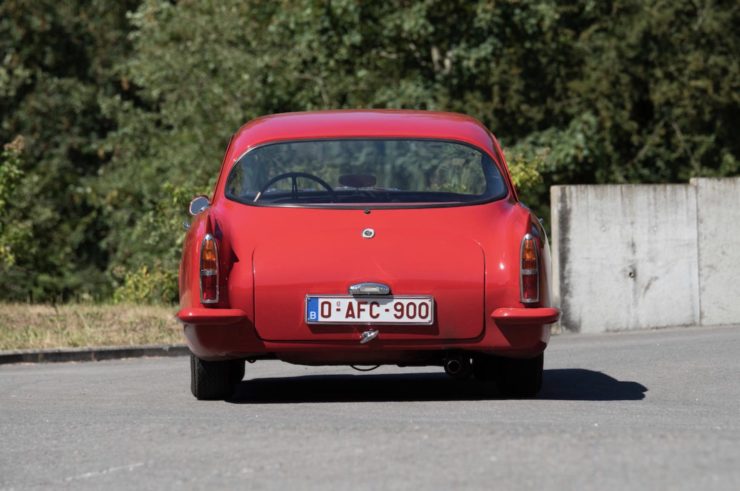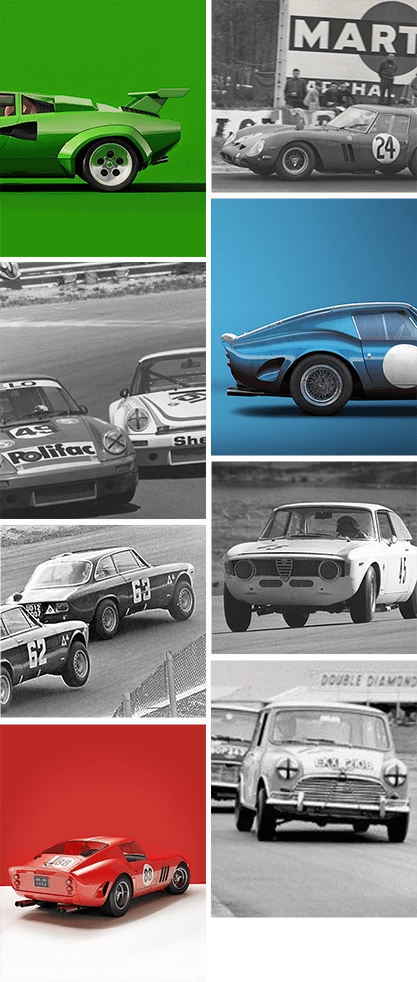This website uses cookies in order to enhance the overall user experience.
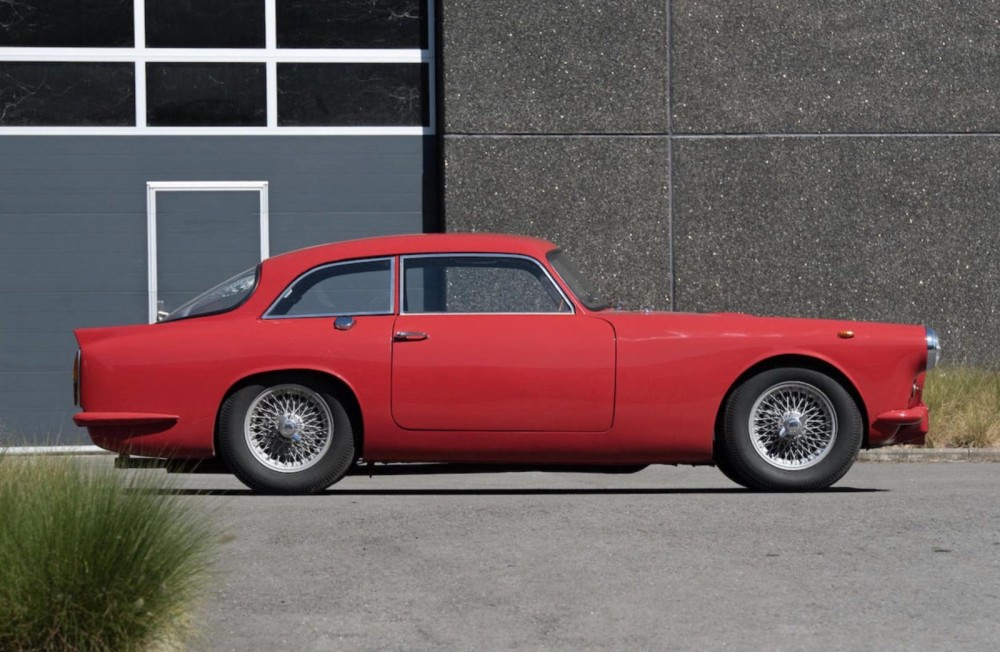
Since Peerless’ debut car got much attention at the Paris Motor Show of 1957 where it was featured, the young company decided enter two of their Peerles GT’s at the 24 Hours of Le Mans one year later. A Peerless GT class win caught everyone in the racing community off guard, particularly since competitors such as Ferrari, Lotus, AC, and Maserati were in play. Making such a fast rise to success was unheard of for new race car brands and it spurred an incredible demand for this obscure British sports car at the time.
Though the Peerless GT’s win at Le Mans came as a shock for many at the time, having a look at the company founders explains a lot: club racer James Byrnes looked to develop something that he’d like to race in himself, race team engine constructor and tuner Bernie Rodger who’d build up his local prestige already, and last but not least, amateur racer and Rolls-Royce vendor John Gordon. As you might expect, this founding team knew what world they got into and, as their early success proves, they went intelligently about it!
The road to the Peerless GT’s class win
It wasn’t just the racecar world credentials that started Peerless of on the right foot. It was also the fact that Byrnes had already built the right connections through his restaurateur profession, in particular the representatives of Standard Triumph who’d loved eating at one of his restaurants. Since business always runs smoother with a good meal and the appropriate drinks consumed, it wasn’t too long before the Peerless startup had secured its preferred engine supplier.
Subsequently, the powertrain for the Peerless GT was derived from the Triumph TR3 – a 2-liter V4 with 100hp and a torque of 117 lb-ft engine complete with the 4-speed gearbox which featured a Laycock overdrive system. However, the startup did want to differentiate their car from the TR3’s performance and design, so they built a steel tubular frame that strengthened the structural integrity, while the weight was effectively kept down by making the body of fiberglass. Furthermore, they widened the car’s track by 5 inches compared to the TR3 and replaced the live axle with a De Dion rear axle.
In effect, the Peerless GT needed just 12.6 seconds to reach 60mp/h, and was even capable of going beyond the 100mp/h mark that captivated its time period. Boasting such powerful stats, the decision for entering the 24 Hours of Le Mans with two Peerless GT’s becomes understandable. The rest, well the rest is history, as they say.
From Warwick to Peerless and back
Although the founders in the first place wanted to call their car the Warwick, they ended up at Peerless as an homage to the American brand Peerless Motor Car Company. During the First World War, the British had modified 16 of Peerless’ armored vehicles in the same building that the GT was being developed in. Although the demand skyrocketed after the Peerless GT’s victory, the Startup didn’t have the personnel and resources to keep up with this. Yet, they worked their ass off and were able to sell 325 examples of the Peerless GT from 1957-1960.
However, the demand was short-lived and in 1960 Peerless went bankrupt. Luckily, Bernie Rodger wasn’t ready to give up yet and he rebranded the Peerless GT to “Warwick,” an improved car that he started to produce before the year had ended. From 1960-1962, 40 Warwicks were sold, with one prototype even being powered by a Buick V8. Subsequently, Jim Gordon took the Peerless GT’s chassis and got the famous designer Giorgetto Giugiaro involved for the body design and Gruppo Bertone to build it. This car, dubbed the “Gordon-Keeble,” was powered by a Chevrolet V8 and was sold for about 100 times from 1964-1967.
Modern Peerless GT originals
In the pictures throughout this article, you’ll see a Peerless GT original from 1958, which is 1 of just 70 examples that was built for left-hand driving. This car’s Triumph TR3 engine was fully prepared for the race tracks, and because it entered the Le Mans and even got a class win back in the days, it’s still allowed to race at the Goodwood Revival, the Le Mans Classic and various more classic race events.
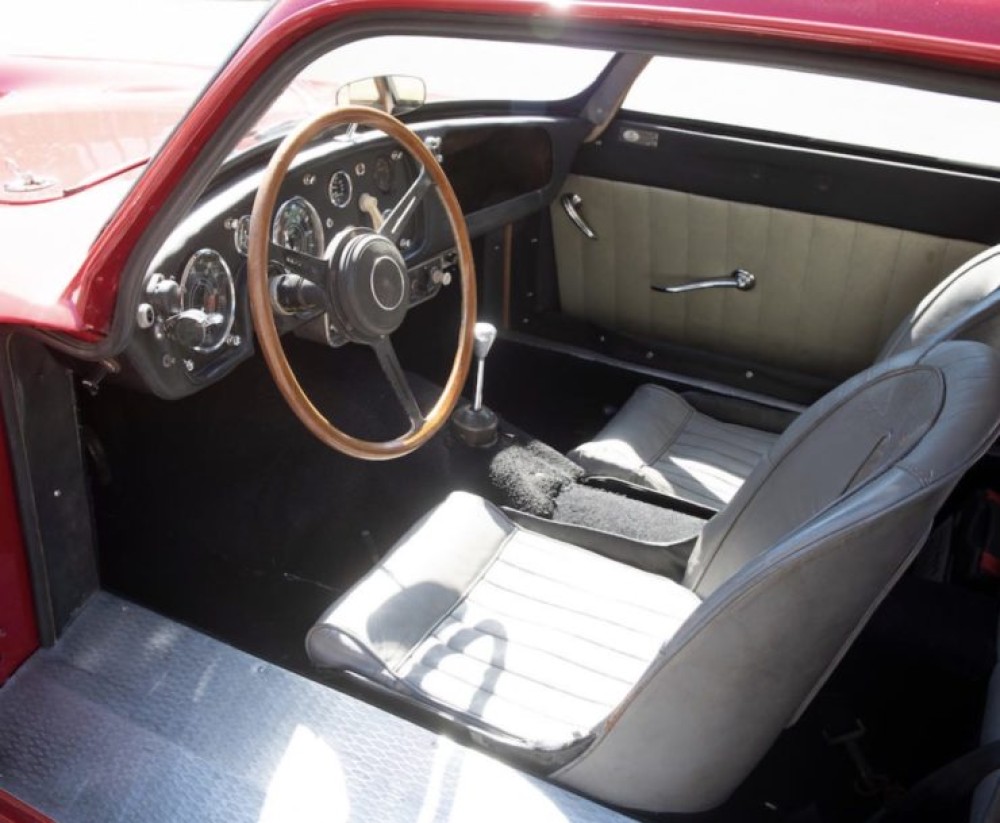
As you might have noticed, the Peerless GT’s interior is far simpler and cheaper than the Ferrari and Aston Martin counterparts that it beat at Le Mans at the time. This helped in keeping the production costs for the Peerless GT way down, which is why this very rare and unique, yet obscure, car is still much cheaper today than the other classics of its time. On average, you can get your own Peerless GT for about €50.000, which is of course a steal for a car that has gained a class victory at Le Mans.
